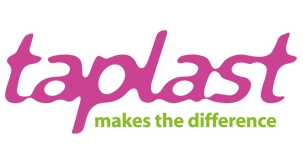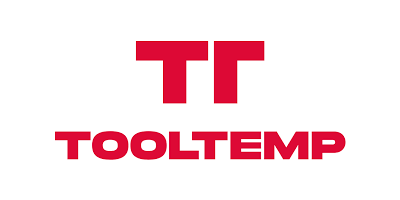Polymer prices - Weak demand, flexible prices, slow price erosion
Only polystyrene will see a significant price drop. In the case of polyolefins, there is more of a roll-over and slightly downward flexible pricing, and attempts to increase prices have not been successful. There is significant import pressure for certain grades of polypropylene copolymer and polystyrene, with prices declining to varying degrees across countries.
Most plastics converters have sufficient stocks of both polymers and finished products. The order backlog is weak. In fact, incoming orders are much smaller than usual. Those planning to purchase are waiting, expecting that due to selling pressure, polymer manufacturers will implement minor price cuts in the second half of July and early August. Or they wait until specific orders arrive from their customers.
It is too early to talk about a price decrease, feedstock prices suitable for conclusions will only be published in the coming week. What we see now is more in the direction of monomer and polymer roll-over. However, at the level of some polymers, this is also influenced by import supply and availability in Europe. In the case of polypropylenes and polystyrenes, import pressure is increasing, but based on the available data, it appears that the prices of import shipments arriving at the end of August are similar to those in July. The next 4 weeks until mid-August will be characterized by summery, sluggish demand. From mid-August to mid-September, demand for both finished products and polymers will likely pick up, but based on European economic trends, this will not be long-lasting and will stagnate and decline by mid-October at the latest.


























